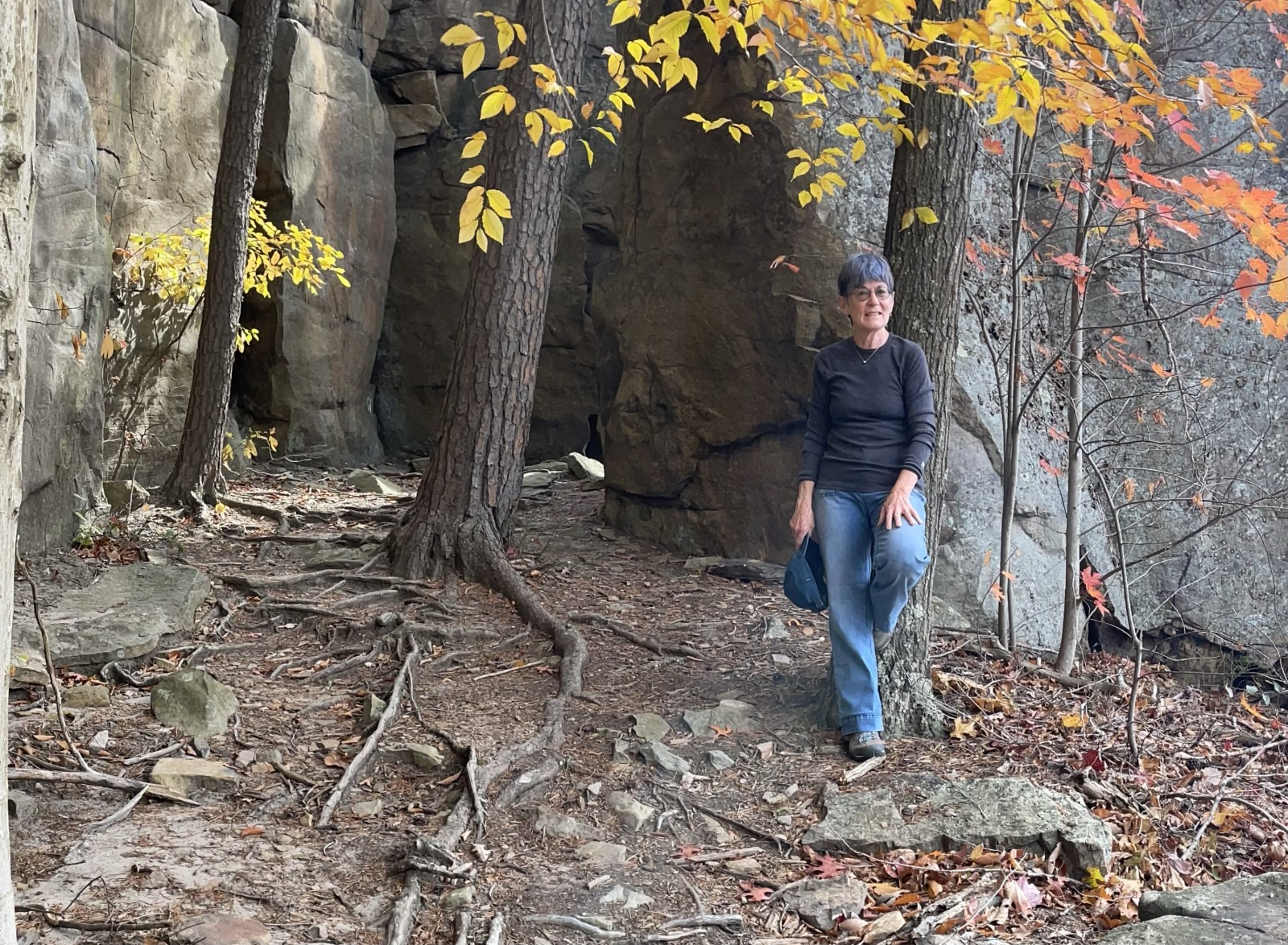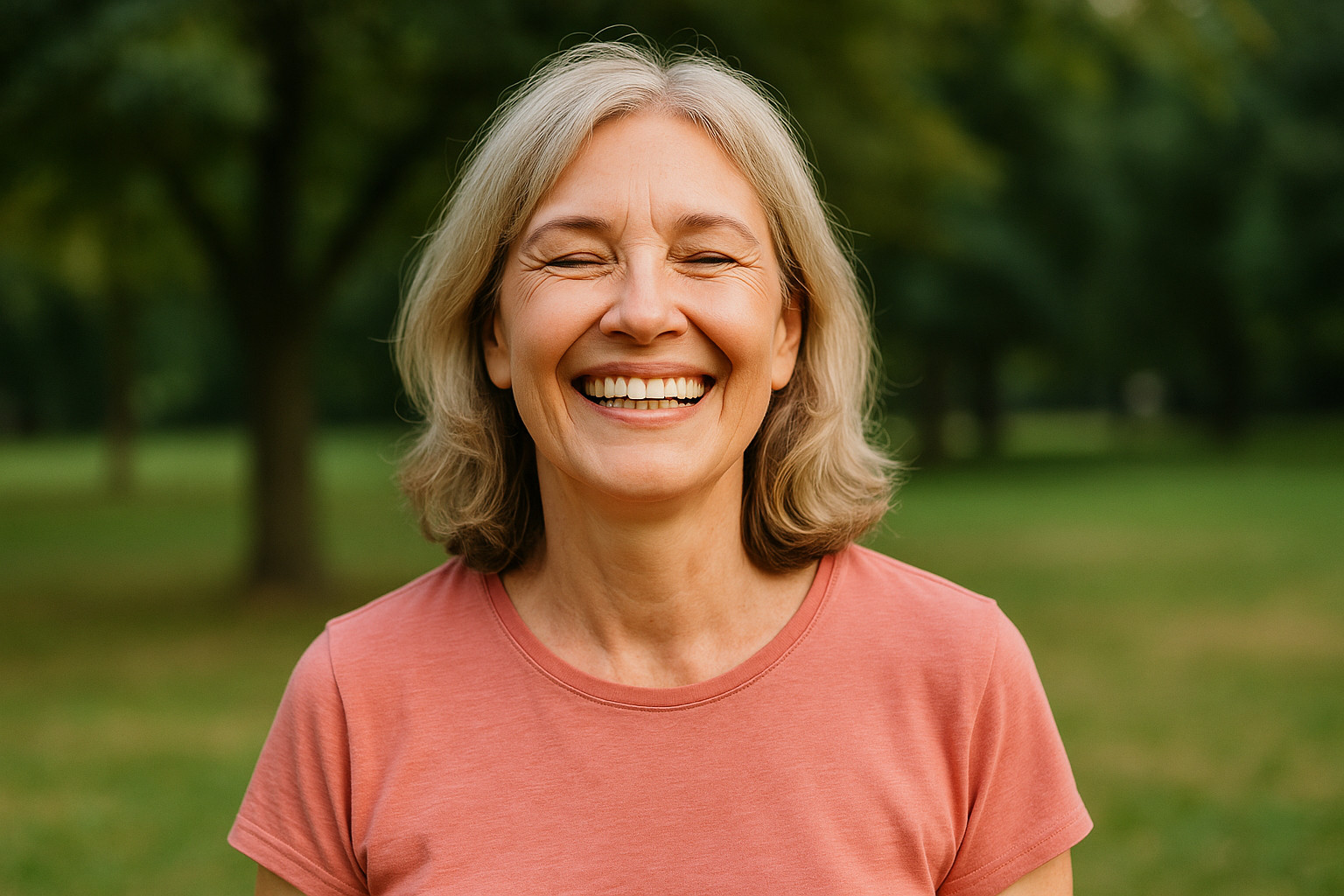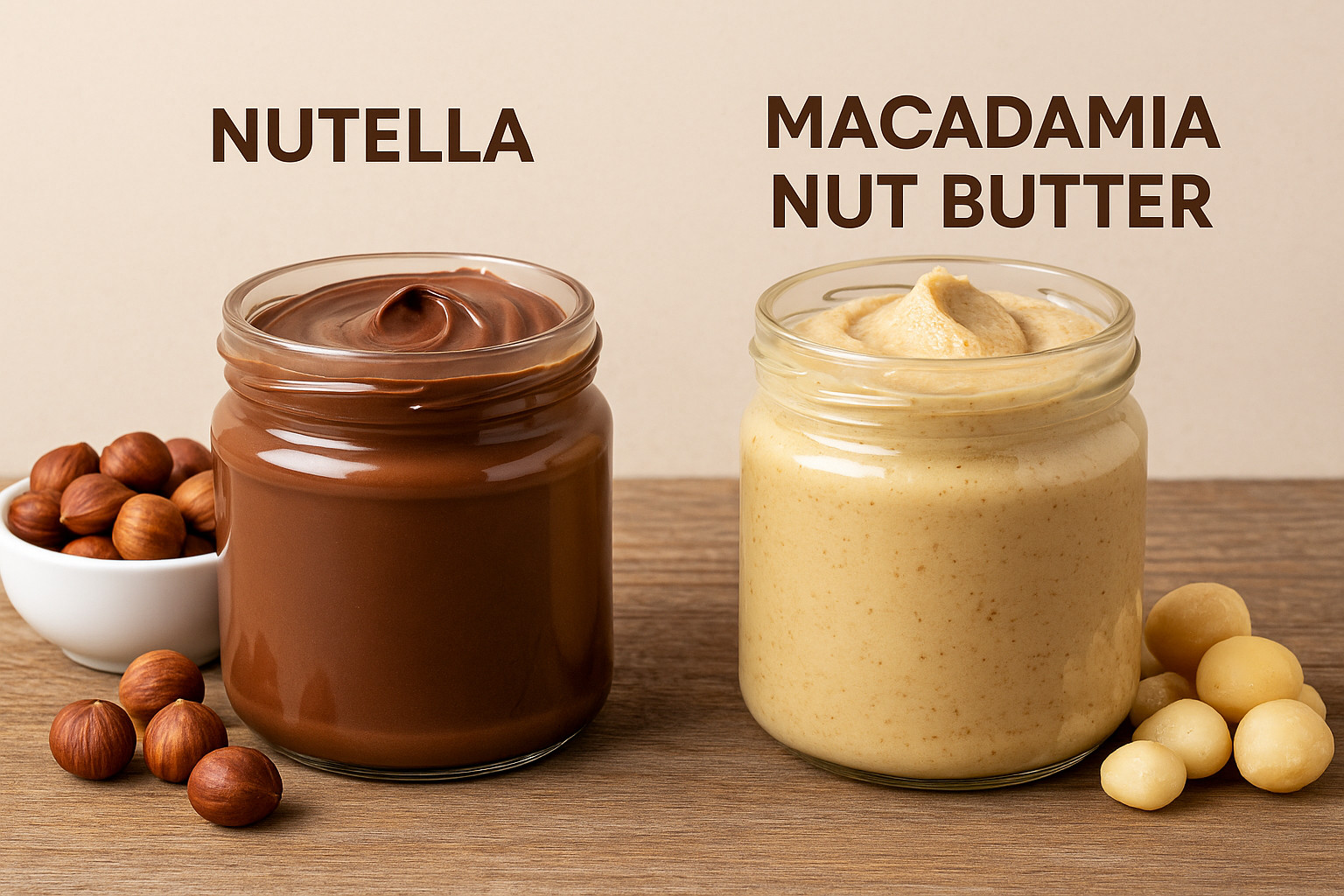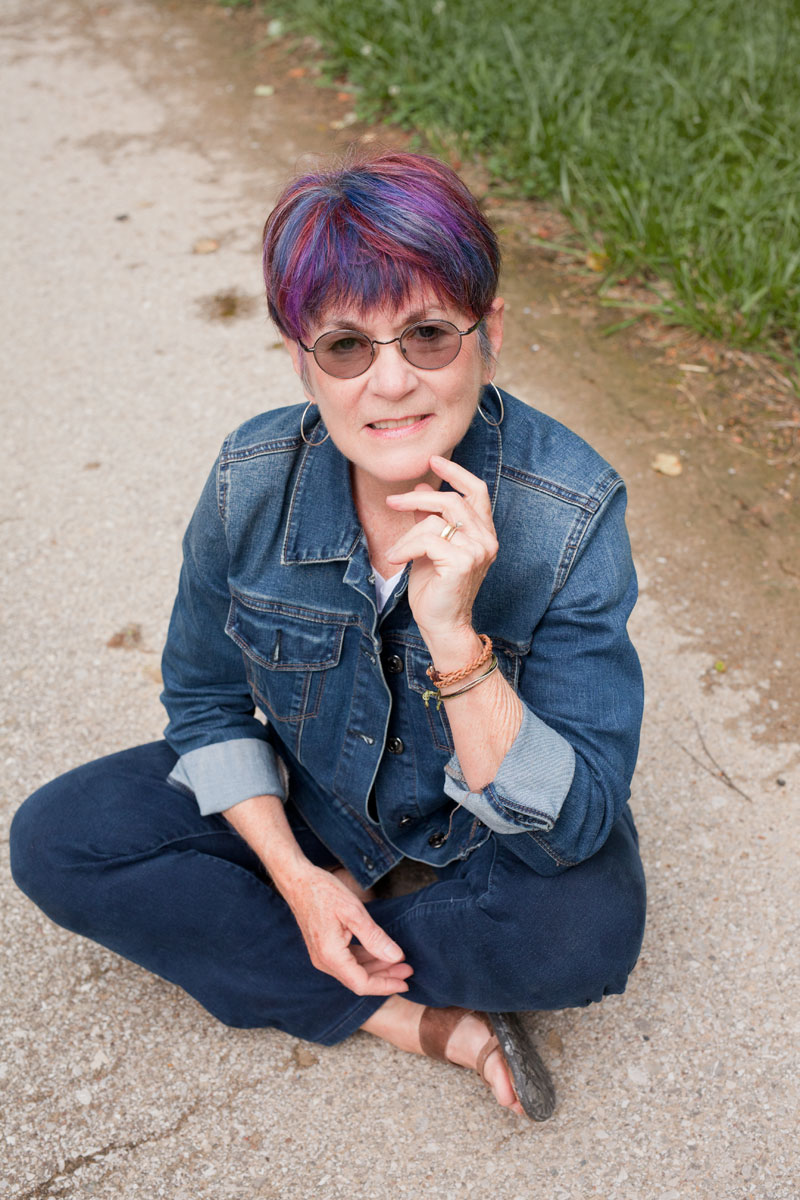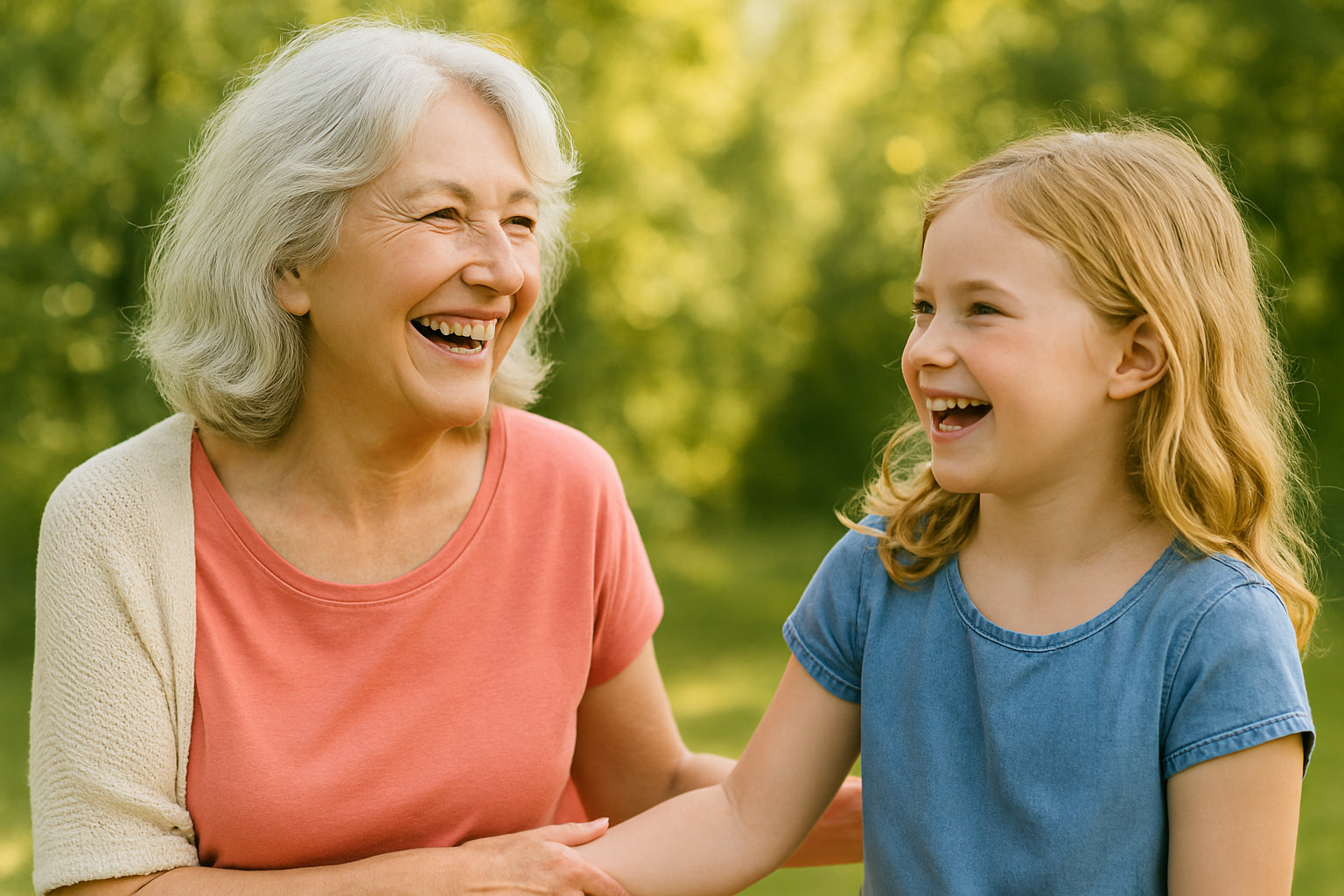
Tired of looking stiff or awkward in photos? Learn how to lose the fake “say cheese” smile and the dreaded elbow pose — and shine naturally.
Read more...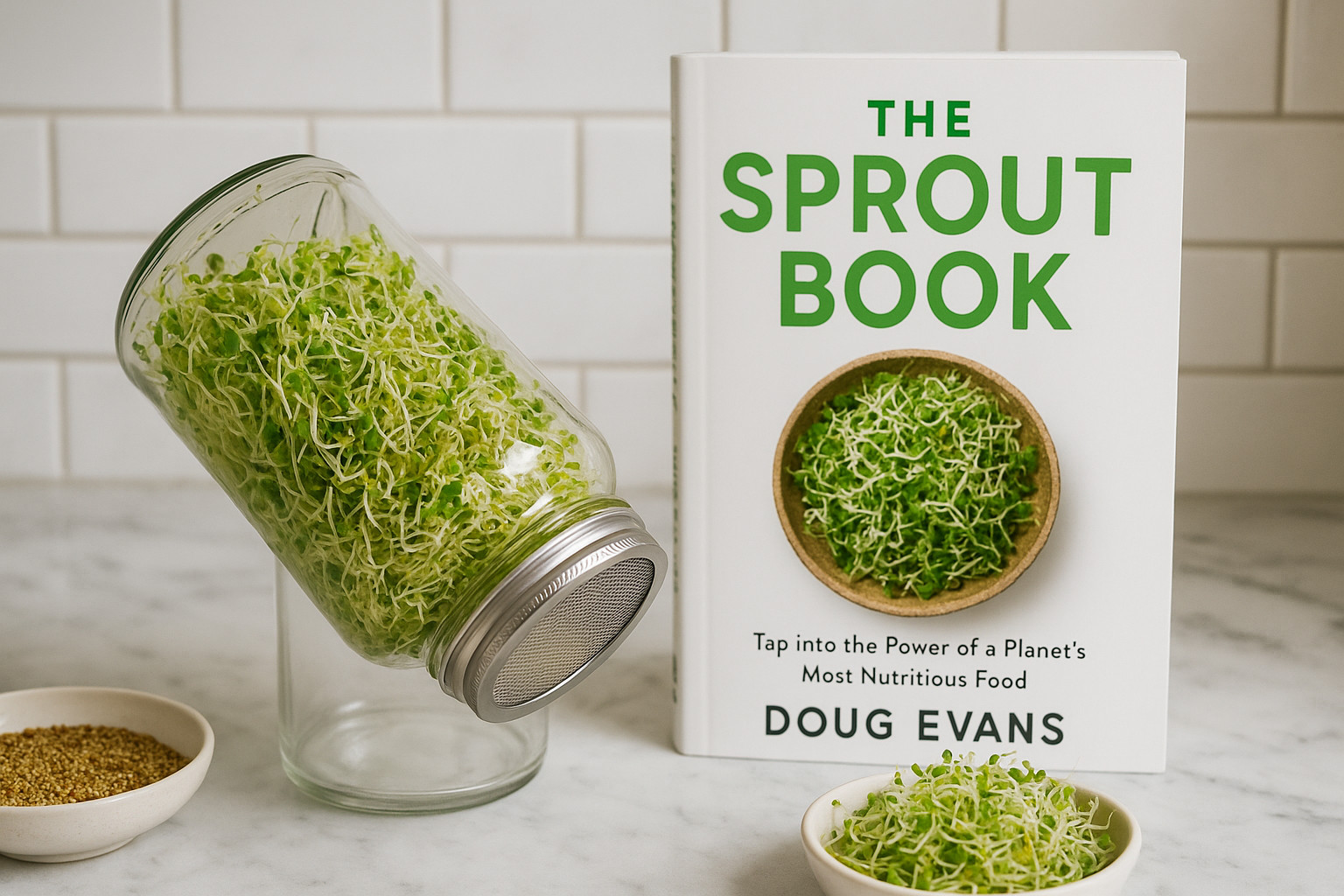
Sprouts, often overlooked in the produce aisle, are emerging as one of the most nutrient-dense, affordable, and easy-to-grow superfoods available today. These tiny greens are packed with vitamins, minerals, antioxidants, and enzymes, positioning them as a potential cornerstone of future nutrition. Interestingly, sprouts do not require a garden or even sunlight—just a simple jar and water, making them accessible to virtually anyone interested in enhancing their diet.
The beauty of sprouting lies in its simplicity and its ability to support the body’s healing and energy right at home. This natural process is a poignant reminder that significant health benefits and personal growth often start small, sparking curiosity and a deeper understanding of how our food choices influence well-being. Many are now recognizing the limitations of temporary solutions and are eager to explore sustainable habits that promote long-term health.
Choosing to incorporate sprouts into daily life aligns with a growing movement of individuals who seek to connect the dots between their diet and overall health. As more people wake up to the reality that food serves as information for our bodies, they experience noticeably positive changes, such as improved mental clarity, mood stability, better sleep, and reduced pain. Starting a sprouting practice on your kitchen counter could mark the beginning of a transformative journey toward better health.
Read more...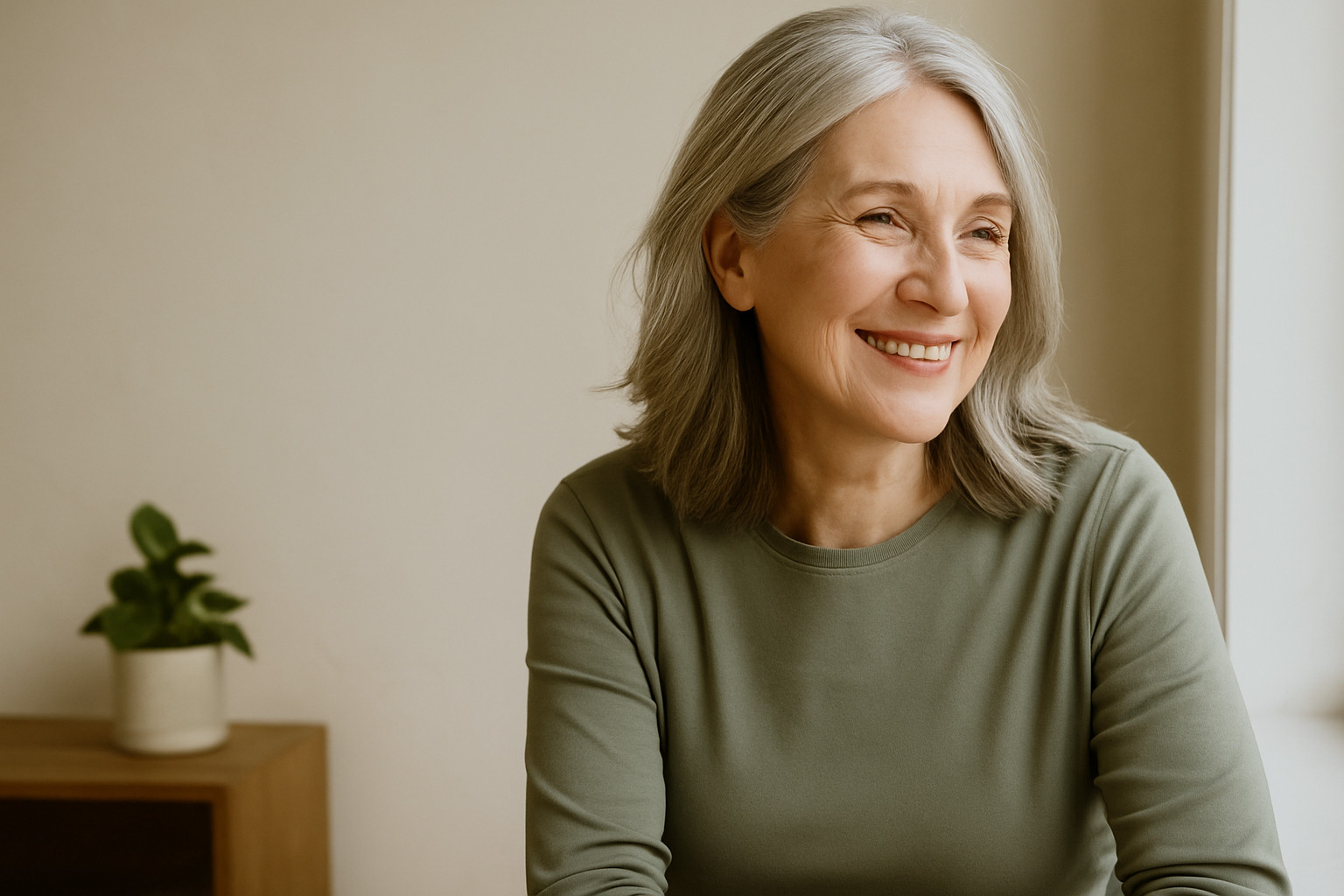
After years of trying supplements, diets, and detoxes, I finally found a natural solution that aligned with my faith and actually worked. This new wellness technology has helped me sleep better, move easier, and think more clearly—without pills, pressure, or side effects.
Read more...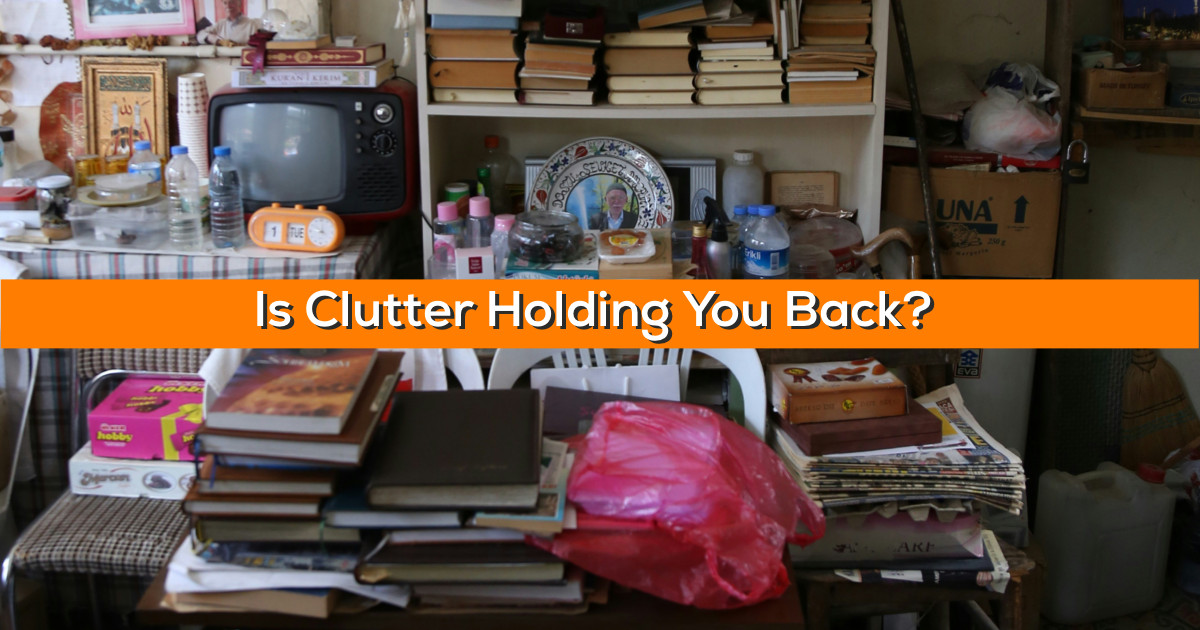
Is clutter quietly stealing your peace? You’re not alone. From overflowing drawers to crowded countertops, even the smallest mess can add stress to your day. But decluttering doesn’t have to be overwhelming. In this post, I’m sharing 8 simple, effective methods—some classic, some creative—that will help you reclaim calm, one corner at a time. Whether you’ve got five minutes or an afternoon, there’s a tip here for you!
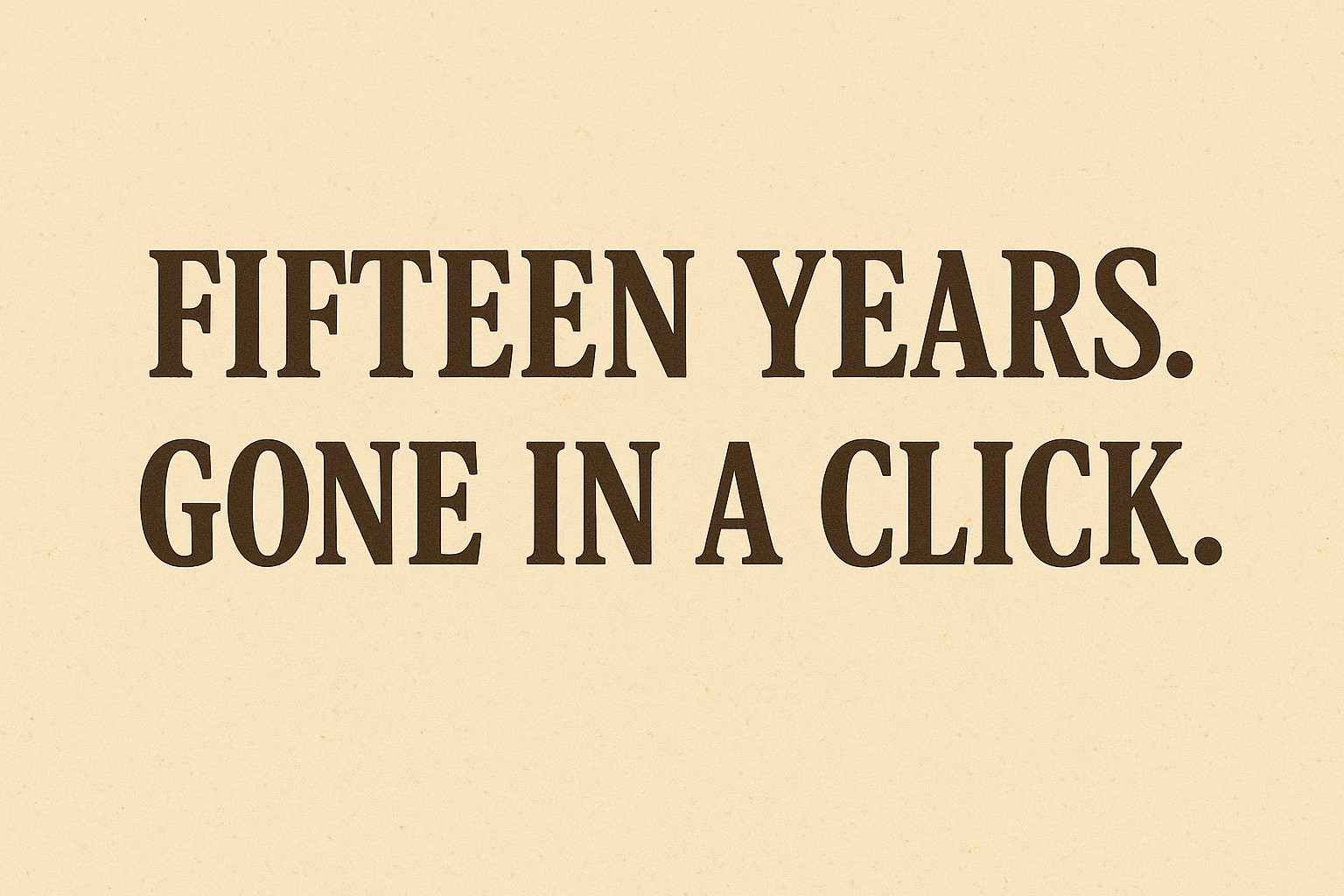
Facebook unexpectedly suspended my 15-year-old account, erasing a decade and a half of photos, posts, and personal memories in an instant—with no explanation and no way to appeal.

